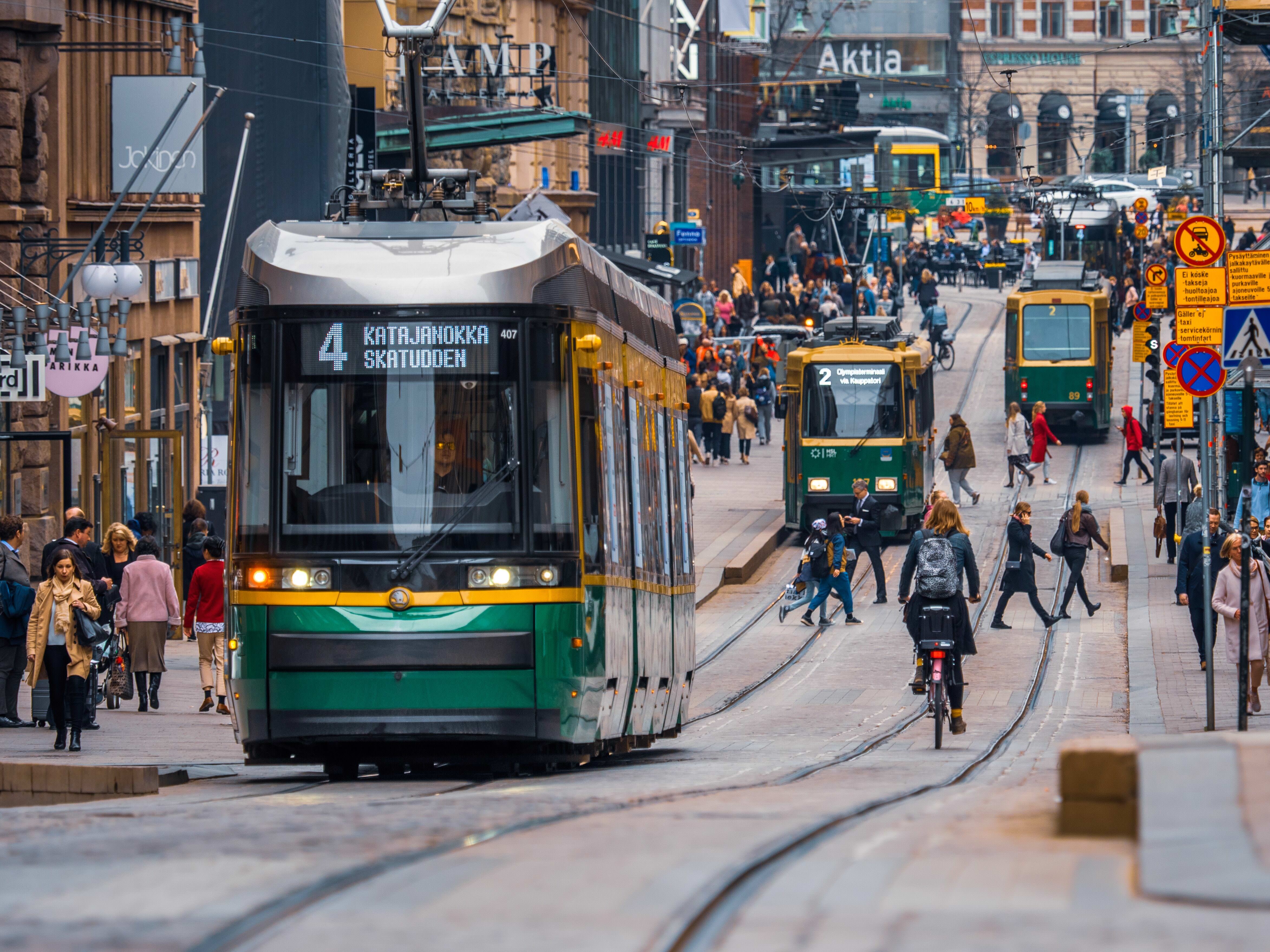How association event planners can make a difference with these sustainability actions
We’ve outlined five ways to help you create planet-friendly events for years to come.
Is sustainability at the top of your agenda?
There has never been a better time to start implementing more sustainable practices into your events. The up-and-comers in the working world are purpose-driven, led by their values—and sustainability is high up on the list. To engage new generations of planners your events should be executed with sustainability at their center. So, what does a sustainable event look like for an association event planner?

Speaking on sustainability at IMEX Frankfurt 2023, Clare Melton, Executive Director, Global Head of Enterprise Events at S&P Global, said it best, ‘Doing something is better than doing nothing.’ So, what can you do?
We’ve outlined five ways to help you create planet-friendly events for years to come.
1. Measure your baseline
Figure out where you are right now. Work out what emissions your event creates and see where there’s room for improvement. This includes everything from water consumption, food waste, travel, any materials you use for stand construction and so on. We use Trace by isla to measure carbon emissions at our events. From here you can work out where you can reduce emissions and establish a benchmark for future improvements.
2. Donate food waste
Food waste can be a major barrier to making your event sustainable. Landfill or incineration should be a last resort for your leftovers. Any food left over that can’t be served to people can be donated to local farmers who give them a second purpose as animal feed. You can even donate used fats, oils, and grease to make biodiesel fuel. At IMEX America, we donate leftover food to Las Vegas Livestock to feed pigs—food that would have otherwise gone to waste. And lastly, composting! Composted food waste can be used to fertilize soil, putting it back into the ecosystem. Make sure to check with your venues to see if they have donation programs in place.


3. Reuse your signage
Reusing event signage is an effective way to give your resources a second, third or fourth life. By making signage evergreen you reduce cost and waste. If your signage needs to change, for example, large menu boards, you can use magnetic boards and magnetic add-ons or sticky-backed decals to keep your event waste low.
4. Make use of eco-friendly transport
It can be tricky to manage how your attendees get to your event. Taking the train instead of driving can decrease CO2 emissions by 80%. And taking the train instead of flying can decrease emissions by 84%. Carbon offsetting is also a useful tool for attendees who fly to your event or if public transport isn’t possible for your event. This can include funding projects such as reforestation and waste and landfill management. Choose venues that are easily accessed by public transport to help attendees make sustainable travel choices.

5. Choose your destination wisely
Many destinations have made sustainability a priority at the heart of their offering. For example, Amsterdam has excellent public transport and an innovative attitude towards sustainability. Or Destination Canada, 2023 IMEX-EIC Innovation in Sustainability Award winners. Their goal is to guide clients to develop events built on a foundation of sustainability and collaborate with destinations across the country to progress sustainability goals.
Advice from an expert
Nikki Walker, Global Vice President Engagement at MCI Group explains, “You can’t control what your attendees are doing but you can control the environment they attend in. Solve everything in your control and then work out from there.” By starting with one or two sustainable practices at your events you’re on the right track to creating eco-friendly events and a brighter future.






